I’m a bit worried. Both Blogspot and Livejournal seem to be blocked off. I hope Xanga won’t get the same treatment.
If it does…. I might ask my girlfriend to post updates for me.
Anyway, I went back to Maliandao today. This wasn’t scheduled. Basically, I made a few tea friends on Sanzui, and I was going to go to Maliandao with one of the guys on Sunday morning. However, he wanted to push it up to this afternoon…. so off we went.
This guy is an artist of sorts, but he also doubles as a buying agent for his friend’s teashop in Beijing. So I met up with him, and we started roaming Chayuan. The first place we went to is one of the Dayi 1st class distributors in Beijing.
What does that mean?
Well, Dayi these days operate in a somewhat complicated manner. Since their stuff is so popular (mostly speculative buying) what happens is that there are a number of 1st class distributors in various regions/cities, and what happens is that you basically are given whatever the Menghai factory decides to assign to you. You, as their first line of distribution, oddly enough do NOT get to choose what goods you get. You also have to pay for all of them, and try to sell them on your own. All risk is yours, while the factory has already made all the money they need by selling to you.
So this places enormous burden/risk on the distributors.
Amazingly enough, the prices of Dayi stuff and the circulation of goods are still quite impressive, and in general Dayi does lack buyers. In fact, prices are sky high, IMO, especially given what I’ve tasted today.
We first tried the 0622 mini-bing. This is the same formula as the bigger 0622 that I tried with BBB. This time, the tea didn’t turn sour, but also because the sales person brewing it did not add nearly as much leaves, and did not brew them nearly as long. The stuff is…. ok. Good for drink it now, but I can’t imagine it tasting good in a few years’ time. One such mini-bing approaches 100RMB. Expensivo.
We then went to another 1st class Dayi distributor and spent most of our afternoon there. We tried a bing that has been rather famous recently, and which is basically all sold out. Nobody in Beijing got the goods (even for the 1st class distributors) — this shipment was taken via Guangzhou. The taste…. ok, so so, but my oh my, it died on us in the 8th infusion. That’s a pretty big no no for puerh, I think, as young cakes should almost never die on you so early if it’s raw. You can taste the water by then, and that’s just….bad. I also think there are some craftsmanship problems.
We tried another cake, this one suggested by my tea friend. It’s not a Dayi cake, and is quite all right. It’s an 03 Bulang cake. The taste reminds me of the Mengku 2002 cake that I bought, maybe this one is slightly better/stronger. However, the price is also 5x “better”, which makes the cake….. not worth the money.
Then I asked to taste a Yichang Hao cake from Qianjia Zhai. It’s quite good tasting…. until the 5th infusion, when the tea started showing signs of dying. By the 7th infusion…. it was gone. Almost no taste. This is from I think 02, and a raw tea, again, shouldn’t die so fast. Something’s wrong. And they want 400 RMB for it. No way!
We left the store shortly thereafter. Had dinner at a local hot pot store, and then, upon my suggestion, went to the Mengku store to compare the 2002 cake with the Bulang. My friend thought they did taste a bit similar. The 2002 is slightly inferior, but the price differential was so substantial that it’s hard to justify getting the Bulang one. He’s basically scouting teas out for his friend, so he said he’ll tell his friend to go taste the cake himself and see if it makes business sense.
We then wandered around Chayuan a little more, and then came to this one store that sells this puerh from a no-name factory. We walked in, and I started picking up cakes to look at.
And then something I hate happens…. the owner, a middle aged woman, was of the “you must know nothing” variety. By that, I mean, she just assumes that we know nothing about puerh. When I asked “what cakes are these”, meaning what mountain, make, etc, she told me “this is a Qizi bing”. DUH! As if I can’t tell. These storekeepers who assume you know nothing piss me off to no end. I mean, while I do not claim to know a lot, I do think I deserve the minimum amount of courtesy and any storekeeper — any good storekeeper anyway — should assume their customer know something about what they’re looking at. Qizi Bing tells me nothing.
Anyway, I looked around, this factory makes cakes that are 400g each. The shape of the cakes are not terribly appealing. They look a bit fat and stunted, but the leaves looked good. I wanted to try one — the Mengsa cake.
Then the owner gave me the “here at Chayuan we only let people sample tea by the gram”, which is technically true, except that NOBODY ever follows that rule, or even so much as mention that rule. Annoying. I ended up trying the six mountain cake (i.e. tea from all six) instead of the Mengsa one. The tea is actually quite good, real big tree tea, nice overall. Asking price is not so nice, and annoyingly, all the cakes from this same factory are selling at the same price, which is ridiculous (because the cost of the materials should be different). When I came back to check on taobao, I can find some of them online, for about half.
I like those cakes. I think they can age well, but I don’t like how much they want. I’ll see if I can go back and get a better price, or find them somewhere else for cheaper on Maliandao. It’s possible…. although somehow I don’t think too likely.

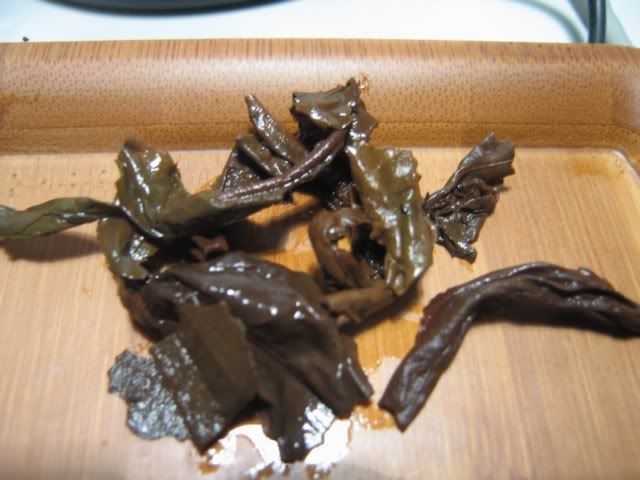
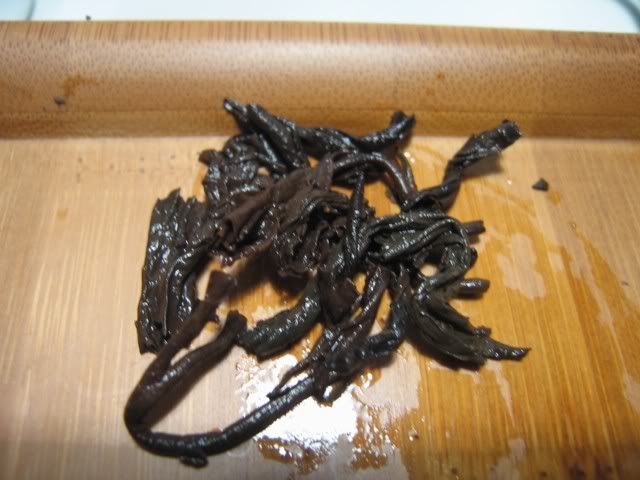


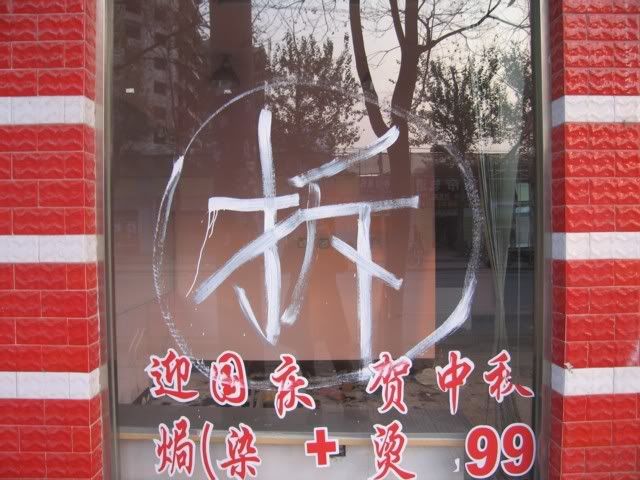
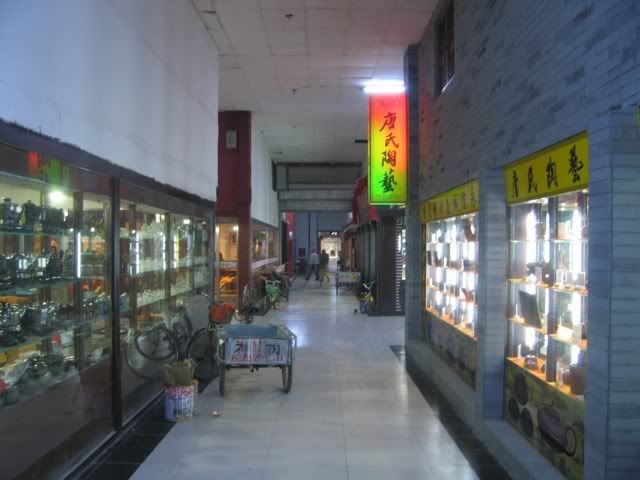


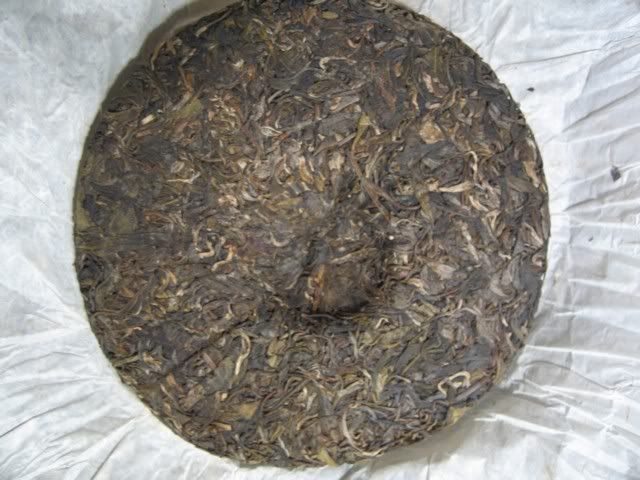
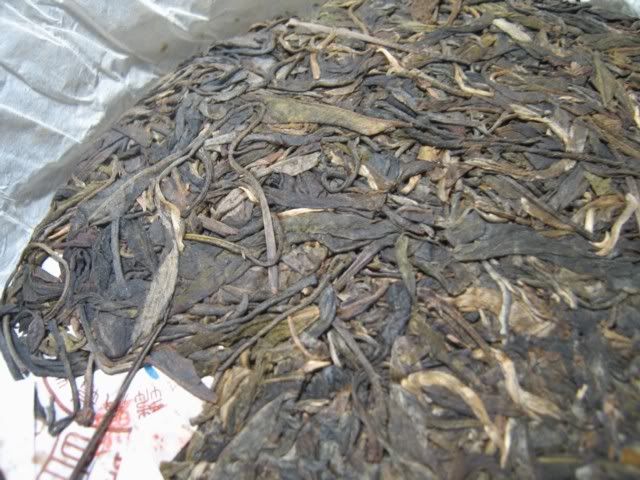


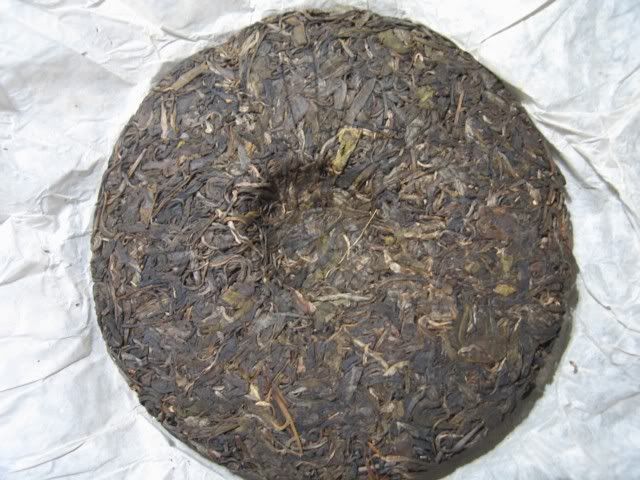

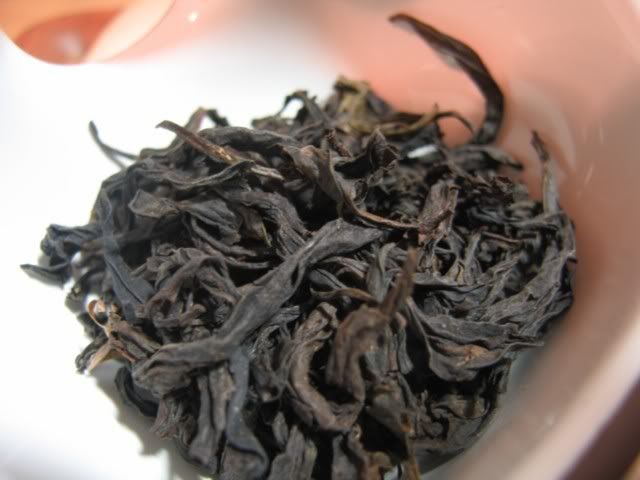

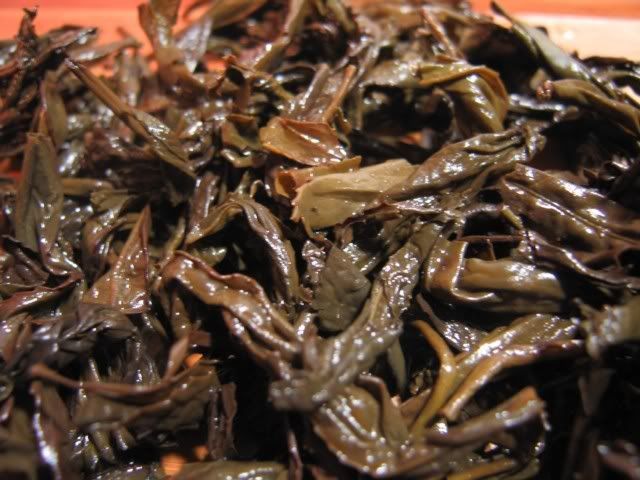
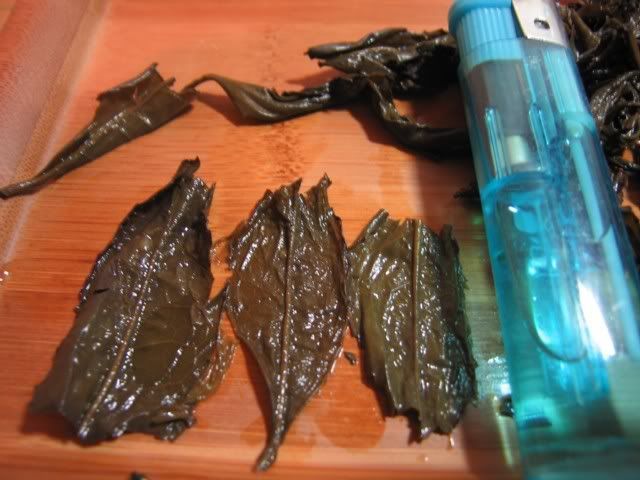
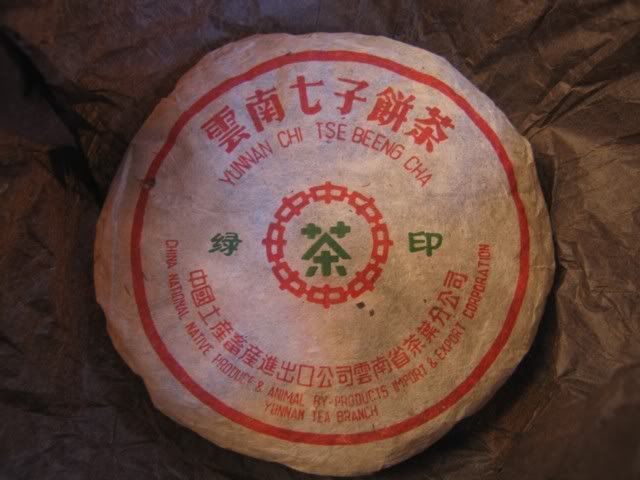
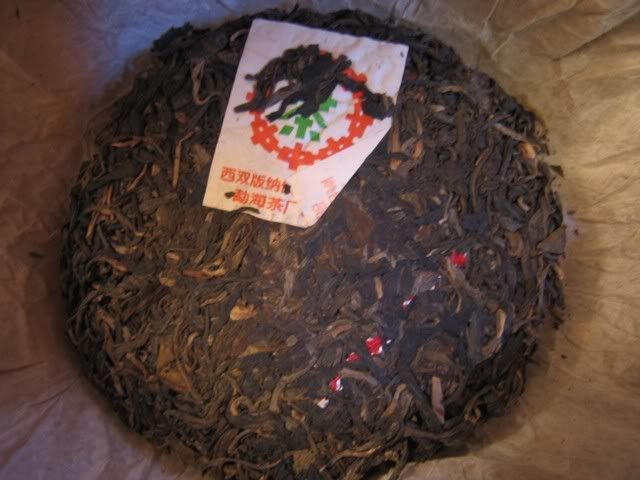


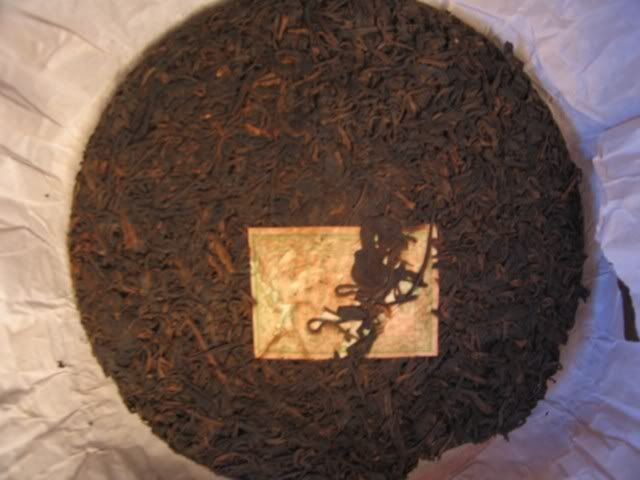
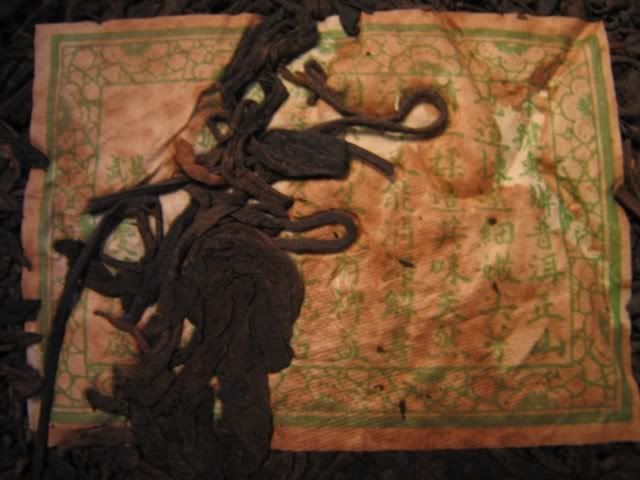
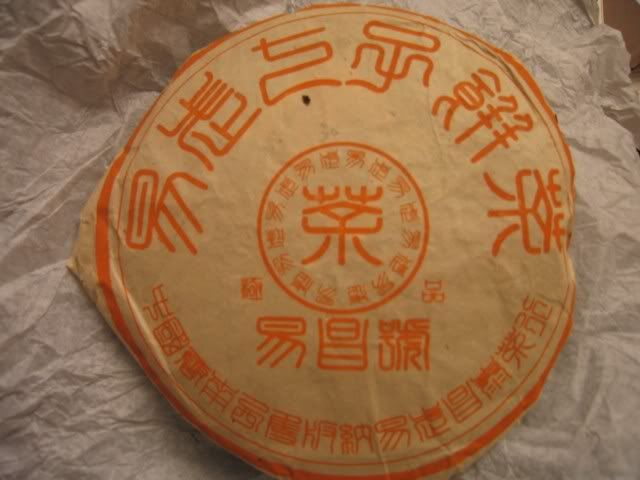



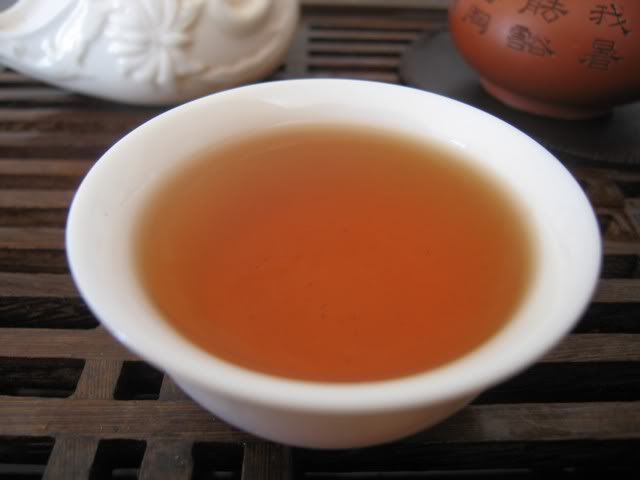
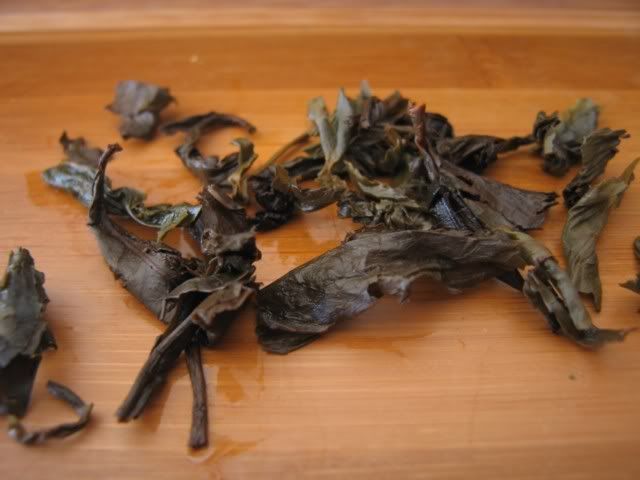
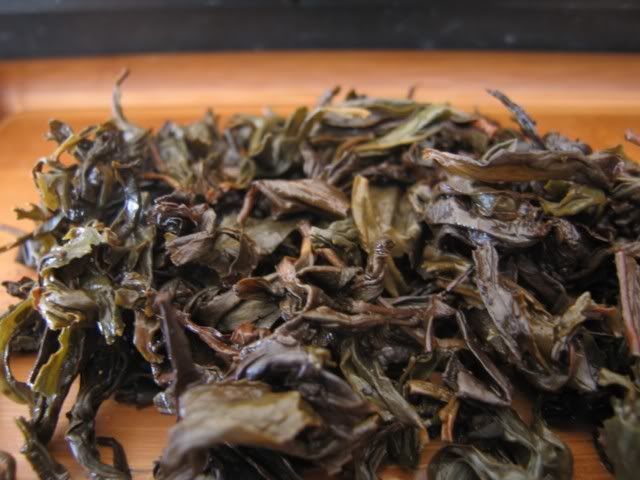
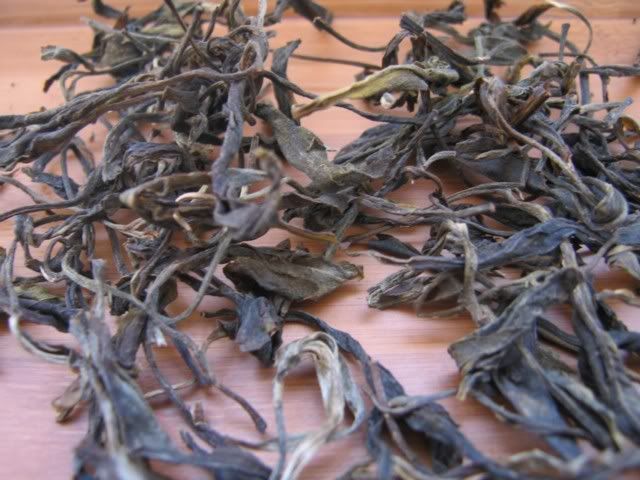
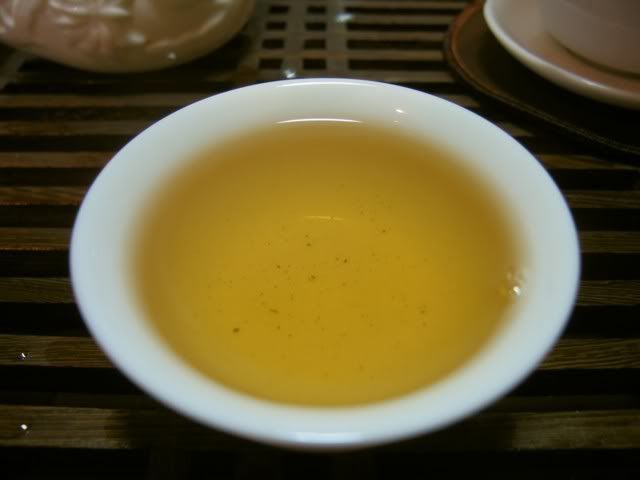
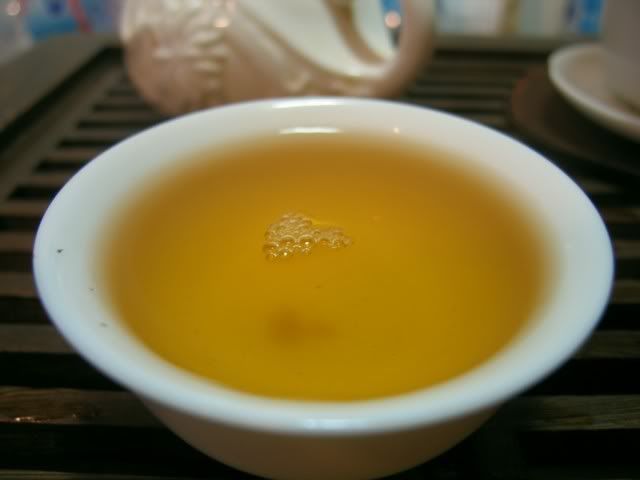
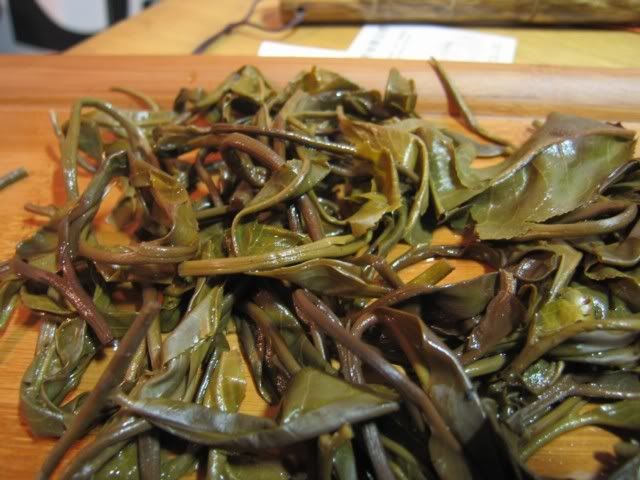
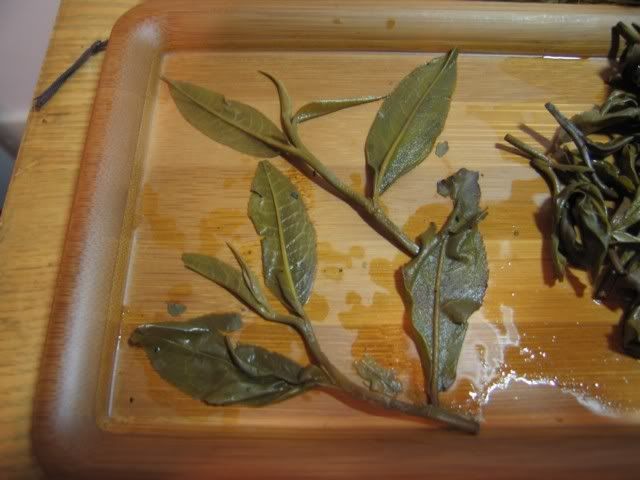
Yeah whisky prices have been leaking too, as well as luxury watches. I wrote a post maybe a decade ago…